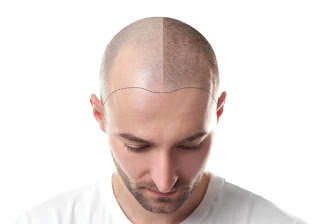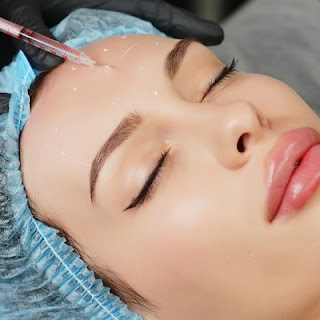Everything You Need to Know About Hair Transplant Procedures
Introduction :
Hair loss can be a distressing experience for both men and women, impacting self-esteem and confidence. Fortunately, hair transplant procedures offer a viable solution for those seeking to restore their natural hairline. In this comprehensive guide, we will delve into the details of hair transplant procedures, shedding light on the process, benefits, considerations, and more.
Understanding Hair Transplant Procedures :
Hair transplant procedures involve the surgical extraction of hair follicles from one part of the body, typically the back or sides of the scalp (known as the donor area), and their transplantation to areas experiencing hair loss or thinning (known as the recipient area). There are two primary techniques employed in hair transplant procedures: follicular unit transplantation (FUT) and follicular unit extraction (FUE).
FUT, also known as strip harvesting, involves the removal of a thin strip of scalp from the donor area. The strip is then dissected into individual hair follicles for transplantation. FUE, on the other hand, involves the extraction of individual hair follicles directly from the donor area using a specialized punch tool. Both techniques have their advantages and suitability based on individual needs.
Benefits of Hair Transplant Procedures :
Hair transplant procedures offer numerous benefits beyond simply regaining a full head of hair. Firstly, they provide natural-looking results as the transplanted hair grows and blends seamlessly with the existing hair. Secondly, the procedure is a permanent solution since transplanted hair follicles are typically resistant to the hormone responsible for pattern baldness. Moreover, the recovery time is relatively short, allowing individuals to resume their normal activities quickly.
Considerations and Precautions:
Before undergoing a hair transplant procedure, it is crucial to consult with a qualified and experienced hair transplant surgeon. They will assess your suitability for the procedure, considering factors such as the extent of hair loss, overall health, and expectations. It's essential to have realistic expectations about the outcome and understand that multiple sessions might be required for optimal results.
Post-Procedure Care and Recovery :
Following a hair transplant procedure, proper care and adherence to the surgeon's instructions are vital for a successful recovery. This includes avoiding strenuous activities, protecting the scalp from excessive sunlight, refraining from smoking, and following a prescribed medication routine. Initially, the transplanted hair may fall out, but new hair growth should begin within a few months. Full results can typically be seen within 9-12 months, depending on individual factors.
Conclusion :
Hair transplant procedures offer a reliable and effective solution for individuals experiencing hair loss or thinning. Understanding the process, benefits, considerations, and recovery aspects is crucial when considering this procedure. By consulting with a qualified surgeon and following the necessary precautions, individuals can regain their confidence and enjoy a natural-looking head of hair once again.




Comments
Post a Comment